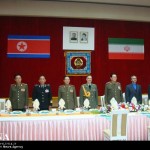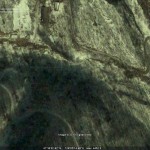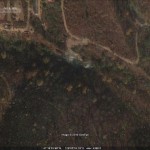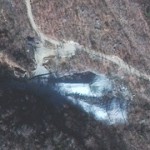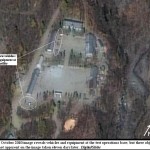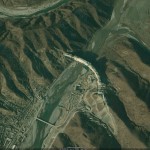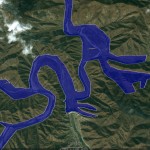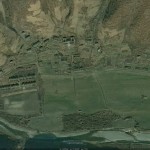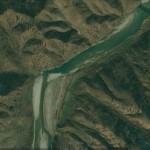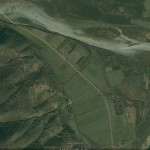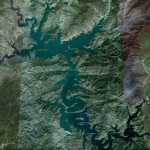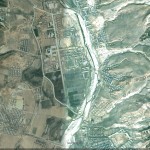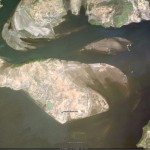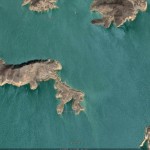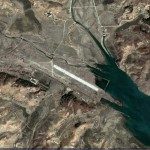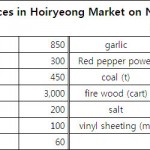Image via Arms Control Wonk
According to AFP (via Zawya):
A former Iranian diplomat who defected to the West said on Tuesday that he had regularly seen North Korean technicians at Tehran airport between 2002 and 2007.
Western intelligence agencies suspect North Korea may be helping Iran to develop long-range ballistic missiles and nuclear weapons technology. Tehran insists it simply wants to develop civilian nuclear power.
Mohammed Reza Heydari, Iran’s former consul in Norway, sought political asylum in December amid protests in his homeland in the aftermath of Iranian President Mahmoud Ahmadinejad’s disputed re-election.
On Tuesday he told reporters at a meeting organised by the Paris-based think tank the Centre of Political and Foreign Affairs that he had seen North Koreans when he had been a foreign ministry official at Tehran airport.
“I saw them with my own eyes,” he said. “They were treated in a very discreet manner, in order to pass through without being seen.”
Heydari said he was “100 percent certain” that these contacts continue and alleged he had spoken to members of Iran’s hardline Revolutionary Guards Corps who confirmed that Iran plans to build a bomb.
“I was able to confirm that Iran has two goals — to develop the range of its ground-to-ground missiles and to obtain a nuclear weapon with the help of North Korea,” he said.
Since defecting, Heydari has sought to convince more Iranian diplomats to abandon the regime and form an opposition movement in exile.
Describing his view of the political scene back in Tehran, Heydari said a group of conservatives around the speaker of parliament Ali Larijani were increasingly opposed to a more religious faction backing Ahmadinejad.
According to the defector, while Larijani’s group wants to govern Iran, Ahmadinejad’s supporters have a more “global agenda” and are awaiting the return of the “hidden imam”.
Some Shiite Muslims believe that the 12th Imam, known as the Mahdi, who disappeared in the year 874, will return to bring justice to the world.
Heydari said Ahmadinejad’s faction is pushing Iran’s nuclear agenda. “According to our information, this inner circle believes that with only two bombs they can ensure the survival of the country and of Islam,” he said.
The usual defector caveats apply. According to Bob Baer, Iran’s nuclear program has been an intelligence black hole. Of course so was the DPRK’s—and they managed to surprise everyone by bulding a LEU facility right in the middle of Yongbyon. There is no shortage of evidence that the two countries are working together on a number of political, economic, and military initiatives, however, so it is entirely possible that this Iranian defector is telling the truth.
As an aside, many Americans are nervous about visiting both Iran and the DPRK, but having visited nearly 45 countries, I can tell you that Iran and the DPRK are in the top three for me. Of course, I live on the beach and prefer to “rough it” on vacation.
Read the full story here:
Iranian defector ‘saw North Korean technicians’ in Tehran
AFP (via Zawya)
12/7/2010
